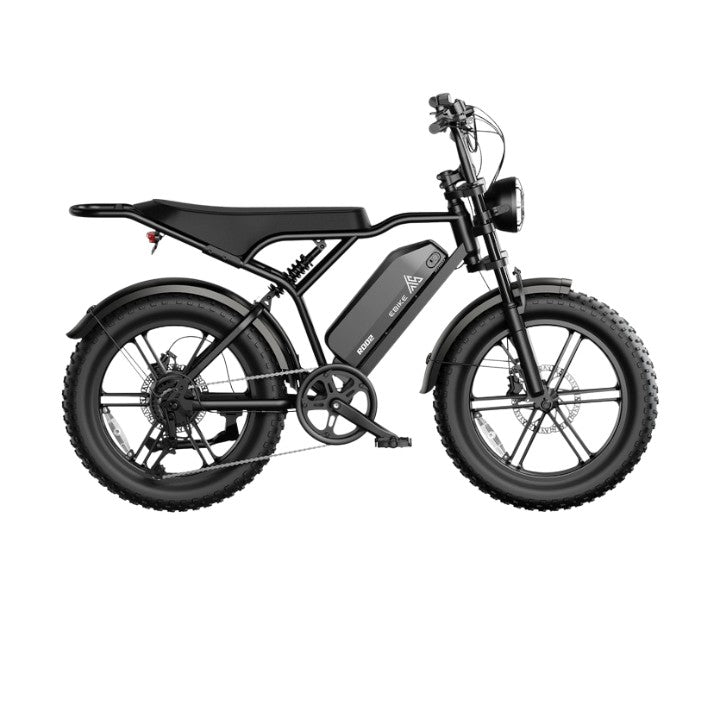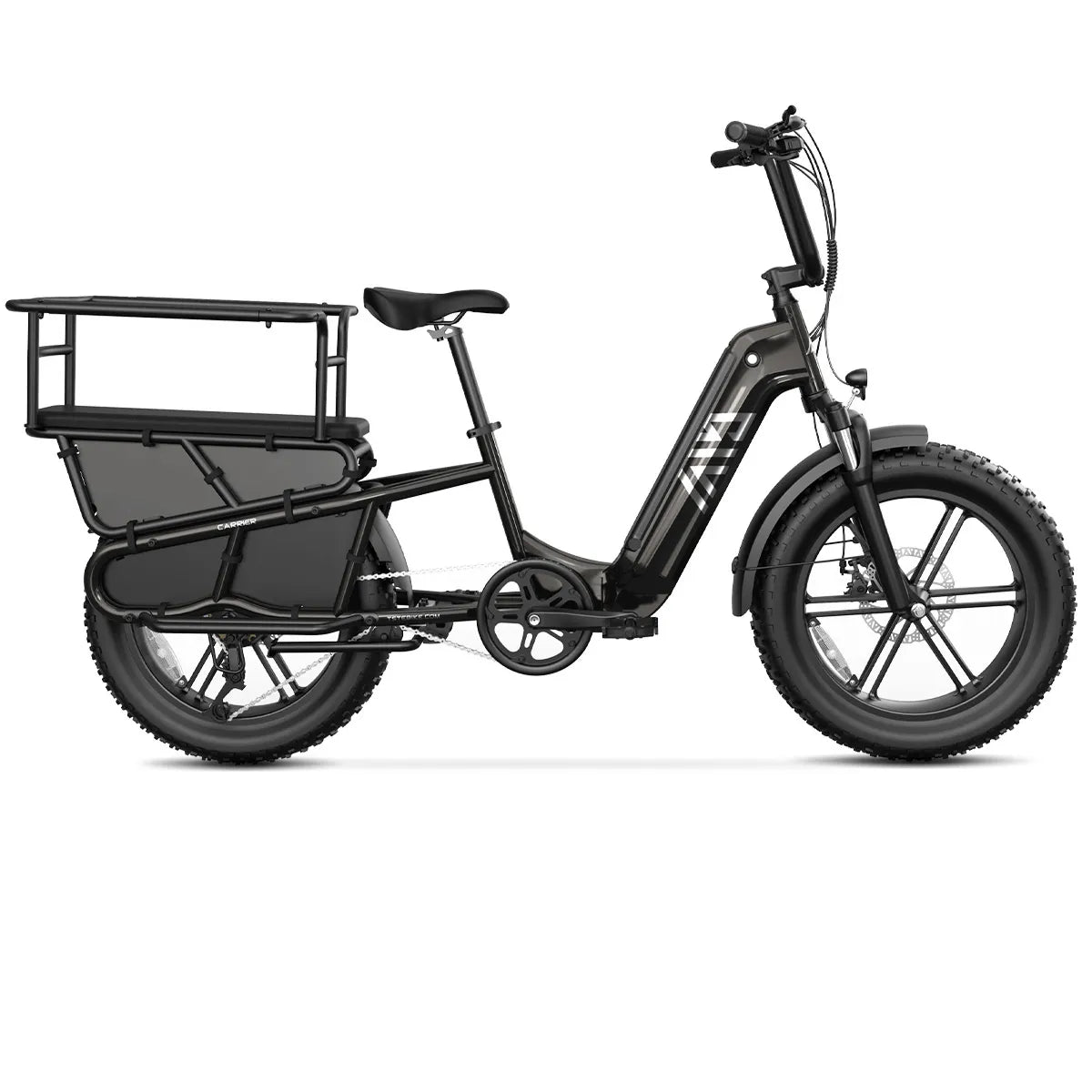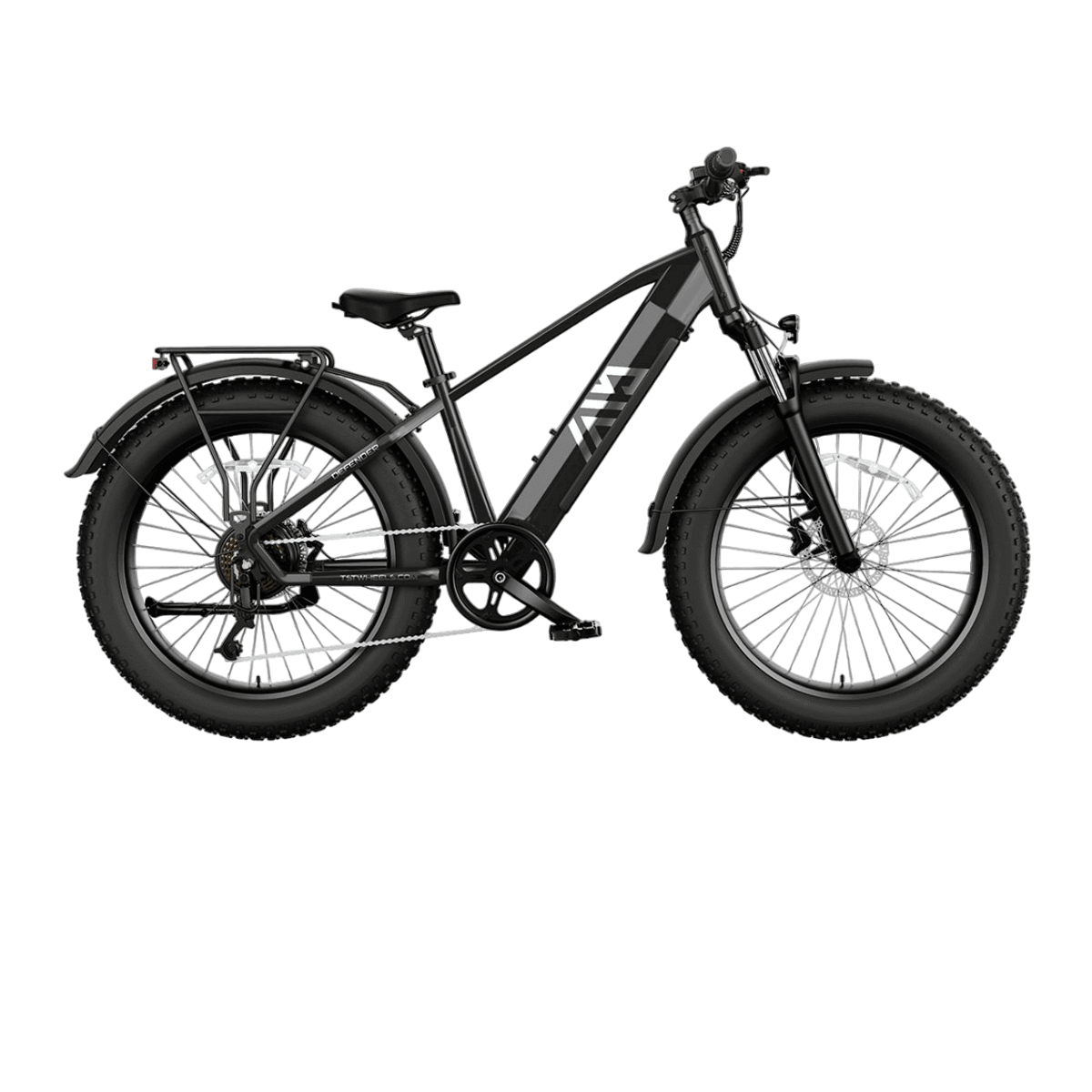Electric bikes, or e-bikes, are bicycles equipped with an electric motor and battery that provide pedal assistance, making cycling more accessible and efficient. In 2025, e-bikes combine advanced motor systems, lightweight frames, and long-lasting batteries to offer riders an easy, enjoyable, and eco-friendly way to commute, exercise, and explore, with versatile 26-inch and 27-inch models suited for various terrains.
What Is an Electric Bike and How Does It Work?
An electric bike is similar to a traditional bicycle but includes a rechargeable battery-powered motor that assists the rider while pedaling. The motor activates through sensors detecting pedal movement or via a throttle. This assistance reduces effort, allowing riders to travel longer distances and handle inclines with ease while still engaging in physical activity.
Chart title: Core Components of an Electric Bike
| Component | Function | Benefit |
|---|---|---|
| Motor | Provides pedal-assist or throttle | Reduces rider effort |
| Battery | Stores electrical energy | Powers motor for varied ranges |
| Controller | Manages power output and settings | Customizes riding experience |
| Sensors | Detect pedaling and speed | Adjust motor assistance smoothly |
How Do Different Motor Types Impact E-Bike Performance?
There are three main motor types in e-bikes: front hub, rear hub, and mid-drive. Front hub motors are lighter and suitable for flat terrains. Rear hub motors offer better traction and power balance. Mid-drive motors, located at the pedal crank, provide the most natural feel and superior performance on hills and varied terrain. Higher-end e-bikes generally feature mid-drive systems for optimized efficiency.
What Role Does Battery Technology Play in Electric Bikes?
Batteries power the motor and determine the e-bike’s range. Most e-bikes use lithium-ion batteries known for high energy density and longevity. In 2025, improvements in battery capacity and solid-state technology enable ranges exceeding 100 miles on a single charge, faster charging times, and lighter batteries that enhance riding comfort and distance traveled.
Which Types of Electric Bikes Are Available for Different Needs?
E-bikes come in various designs including commuter models with comfortable upright geometry, mountain e-bikes with robust suspension for trails, folding e-bikes for portability, cargo e-bikes for heavy loads, and step-through models for easy mounting. TST EBike offers 26-inch bikes ideal for rough terrains like snow and sand and 27-inch bikes suited for commuting and mountain biking.
Why Are 26-Inch and 27-Inch E-Bikes Popular Choices in 2025?
The 26-inch e-bike provides stability and traction for challenging terrains such as sand or snow, making it perfect for adventure and rougher rides. The 27-inch e-bike excels in urban and mountain settings, offering smoother rides and higher speeds. TST EBike tailors these models to meet diverse rider requirements and environments.
How Do E-Bikes Enhance Fitness and Environmental Benefits?
E-bikes encourage physical activity by offering adjustable pedal assist levels, allowing riders to customize workout intensity. They reduce dependence on fossil fuels, decrease traffic congestion, and lower carbon emissions, promoting cleaner air and healthier communities. E-bikes support sustainable transportation trends worldwide.
What Are Key Considerations for Maintaining an Electric Bike?
Proper care includes regular charging, tire inflation, brake inspections, and periodic professional tuning. Battery health requires avoiding extreme temperatures and following manufacturer charging guidelines. TST EBike provides support and quality control to ensure longevity and consistent performance from their electric bikes.
Buying Tips
When choosing an electric bike, consider your riding goals: daily commuting, off-road adventure, or casual rides. Decide on wheel size—26-inch models for rough terrain, 27-inch for efficiency and speed. Check motor type, battery range, weight, and features like suspension and brakes. TST EBike stands out for affordable, reliable options with excellent customer service.
TST EBike Expert Views
“TST EBike’s products reflect our commitment to advancing electric mobility through superior engineering and user feedback,” shares a company spokesperson. “We develop e-bikes combining high power with comfort and durability, empowering riders to navigate varied terrains efficiently while reducing environmental impact.”
FAQ
Q: What speeds do electric bikes typically reach?
A: Most e-bikes assist pedaling up to 20 or 28 mph depending on class and motor.
Q: How far can an electric bike travel on one charge?
A: Depending on battery size and terrain, ranges vary from 30 to over 100 miles.
Q: Are electric bikes suitable for all ages and abilities?
A: Yes, adjustable assist levels make them accessible for broad age groups and fitness levels.
Q: Do electric bikes require special licenses?
A: Generally, no license is needed unless the bike exceeds local power or speed limits.
Q: How heavy are electric bikes compared to regular bikes?
A: E-bikes weigh more due to motors and batteries, usually between 38 to 70 pounds.





Leave a comment
All comments are moderated before being published.
This site is protected by hCaptcha and the hCaptcha Privacy Policy and Terms of Service apply.